Since the late 1990s and early 2000s, hunters have been flocking to midwestern states in pursuit of giant-bodied and -antlered deer. Some people hunt with outfitters, own or lease land, knock on doors, and even hunt public lands. Regardless, everyone wants to hunt the Midwest. For those seeking action on that open-to-all-land, here are some of the public-land hunts available in each state. Check out these options from across the region.
General Opportunities
Throughout the nation, many different varieties of public-land hunting are available to hunters.
On the largest scale, some properties owned and managed by the National Forest Service (NFS) allow access to deer hunting. This is also true for the U.S. Fish & Wildlife Service (FWS). Some Army Corps of Engineers (ACOE) and Bureau of Land Management (BLM) program ground is open to hunting, too. Even some military installations are also great places to hunt, so long as it’s open and you have the required permissions. Of course, many of these hunts are limited draw only, and likely require getting drawn to access.
Other programs are lesser known. For example, some states offer third-party land trusts that are open to hunting. Rural areas with prairie grounds have grasslands with public access. Further southeastward, states have public county lands and forests. And certainly, don’t forget about controlled, draw and other limited-entry hunts on a variety of public land types.
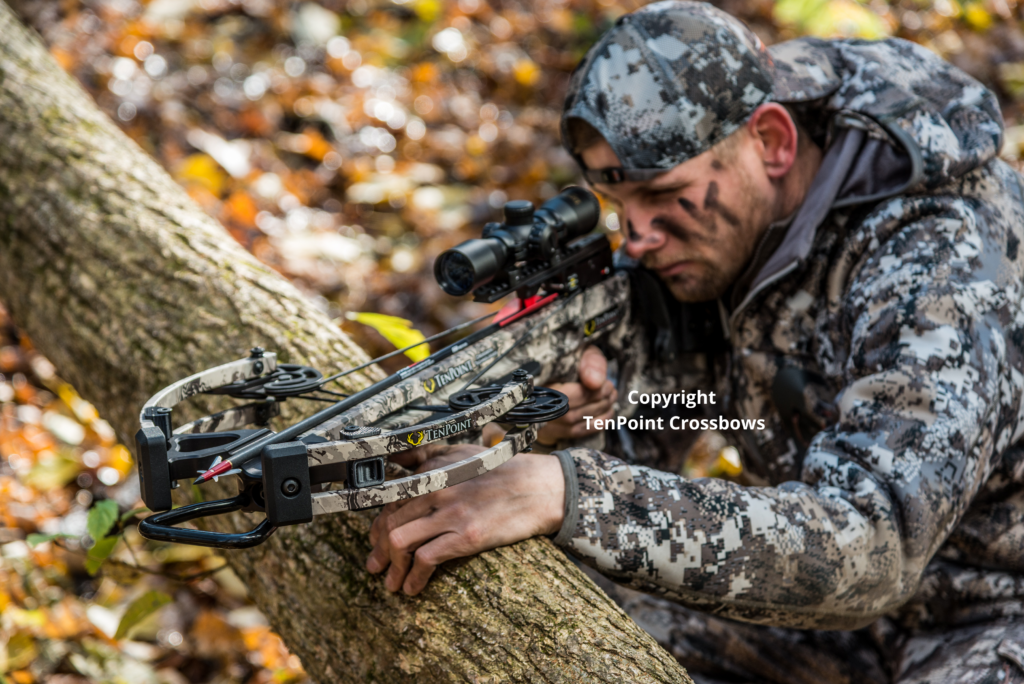
True public land aside, there are many private properties encompassing millions of acres open to the public. These are part of programs under different names, such as the Walk-In Hunting Area (WIHA) program. Kansas, Minnesota, and other states have these programs, even if under different names. For example, Indiana’s is Private Lands Access (IPLA), Iowa’s is Habitat and Access Program (IHAP), Michigan’s is Hunting Access Program (HAP), Nebraska’s is Open Fields and Waters Program (OFW) and The Passing Along the Heritage Program (PATH), and North Dakota’s is PLOTS. While those are more rural based, others are more urban and suburban. Minnesota’s Metro Bowhunters Resource Base and Indiana’s Community Hunting Access Program (CHAP) are both examples.
Beyond that, don’t overlook large lands owned by coal, electric, power, paper, and timber companies. Some of these are open to public hunting. Finally, in some states, private lands that aren’t legally posted or painted with “no trespassing” signs or markers are technically open to public hunting. Even so, ask for permission. Always check state and local regulations.
Generalities aside, here are some lands to consider in each state.
Illinois
The Land of Lincoln isn’t quite as good as it once was, but it’s still Illinois. Anyone seeking large tracts of land, or many smaller ones in hopes of finding a secluded spot, should consider the Mississippi River Pool areas. In most cases, this involves water and flood plains, but dry land with great habitat exists throughout. Another solid bet is the Clinton Lake State Recreation Area. This is a much smaller area, but offers opportunity.
Indiana
Much like Ohio, Indiana was once a sleeper state, but is now becoming more mainstream. Still, it doesn’t see the hunting pressure many midwestern states do.
One solid pick is the Sugar Ridge Fish and Wildlife Area. It’s 8,100 acres of solid hunting. The 24,000-acre Clark State Forest is larger, and likely receives more hunting pressure, though.
Iowa
Most bowhunters and some shotgun and muzzleloader hunters look to Iowa as an excellent place to chase trophy whitetails. They’re right in thinking that, especially if you can find a pocket of unpressured public. While that’s never a guarantee, the 15,800-acre Rathbun Wildlife Area has plenty of deer. The 8,900-acre Yellow River State Forest is another solid choice. Both places have great habitat that whitetails need to thrive.
Kansas
Hunters throughout the nation dream of the Land of Oz. It’s a popular destination, especially the southeastern quarter of the state. As for specifics, the Marais Des Cygnes Wildlife Area is approximately 7,600 acres of prime ground. It’s full of quality habitat. The southwestern region is good, and less pressured, too. Scout and hunt some of the many smaller acreages throughout the area.
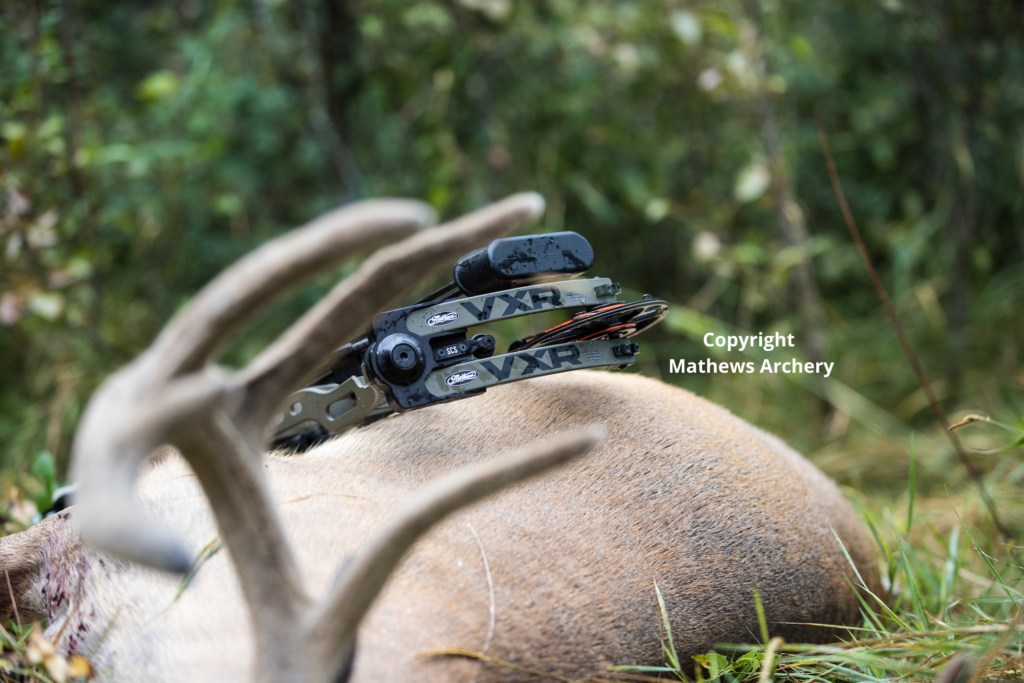
Michigan
Most hunters realize Michigan is heavily pressured. Still, some good deer live here. Most are in the southern portion of the state. That said, those who want larger expanses of ground, consider the northern stretches of the state. Deer densities are lower, but it’s easier to get away from other hunters. In northern Michigan, the Seney National Wildlife Refuge offers 95,000 acres of big woods habitat. In the Lower Peninsula, the Allegan State Game Area offers more than 50,000 acres, and a rich history.
Minnesota
Often overlooked, Minnesota has a good bit of public land. In northern Minnesota, the Chippewa National Forest and Superior National Forest both have large acreages. It also has approximately 1,300 WMAs. For those seeking an abundance of early successional habitat, consider Cedar Bend WMA. Those looking for marshy or swampy areas might try the Helma Swamp WMA, which is broken down by the Main, North, and Supplement units.
Missouri
Another midwestern favorite is Missouri. It’s home to big lands and big bucks. One great destination is the Mark Twain National Forest, which comprises more than 1.5 million acres. Those looking for smaller properties might think about the Baltimore Bend Conservation Area, which is about 1,200 acres. Bethel Prairie Conservation Area is only 260 acres, but it’s archery and muzzleloader only.
Nebraska
Those who’ve been to the Cornhusker State realize how good it is. Those who haven’t are missing out. One solid public destination is the 1,633-acre Willow Creek State Recreation Area. It doesn’t permit gun hunting, which translates to less pressure. The 4,300-acre Red Willow State Recreation Area offers good habitat and hunting opportunities, too.
North Dakota
Commonly brushed to the side, North Dakota offers excellent opportunities. It has a lot of National Wildlife Refuges, some of which are open to hunting. There are also a lot of WMAs. And don’t forget about the Sheyenne National Grassland, which includes more than 70,000 acres.
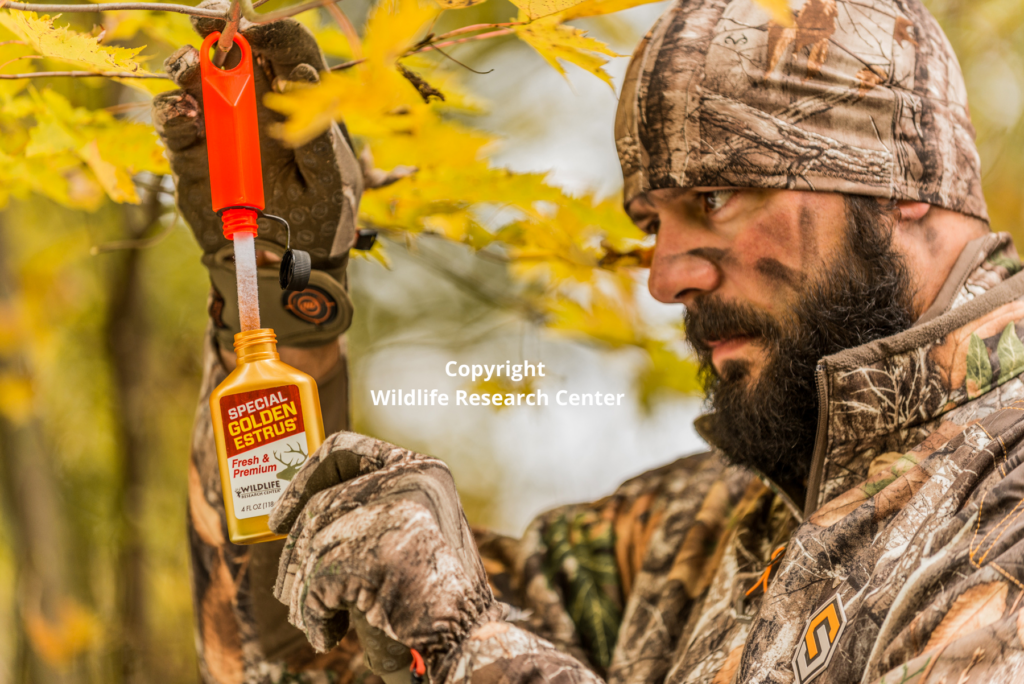
Ohio
The Buckeye State is a relative newcomer as a top destination. It’s been a great place for a long time, but the word is finally getting out. One solid spot is the Shawnee State Forest, which offers 60,000 acres of opportunity. Another prime choice is the Dillon Wildlife Area, which has diverse habitat and good numbers of deer.
South Dakota
Mostly known for pheasant hunting, some big whitetails live here, too. There is a good amount of public land, but most hunters think of the Black Hill National Forest, which includes more than 1.2 million acres. Also, there are plenty of other destinations available.
Wisconsin
Wisconsin is known for giants. It’s put more in the books than any other state. Obviously, some of its public land is well-known. There are some large tracts of open ground. But don’t forget smaller ones. For example, open properties within the metro sub-units are oftentimes dynamite. The Pine Island Wildlife Area is good, too. It’s 5,600 acres of timber, oak savannah, wetlands, and grasslands. Trempealeau County’s Borst Valley Wildlife Area is also a solid bet. Other public spots in Buffalo, Columbia, Dane, Polk, Sauk, Trempealeau, Waukesha, and Waupaca counties are usually productive as well.
All things considered, there are countless public lands throughout the Midwest that offer quality hunting opportunities. Spend time scouting preferred states, regions, counties, and properties. Then, once you have that tag, you’ll be ready for the best public land deer hunt of your life. Adventure awaits.
Public Land Deer Hunting Hacks
Deer hunters are all about making things easier. That’s why we now have trail cameras, intuitive apps, and much more. Here are things you should remember for your next public land deer hunt.
- Avoid obvious hotspots (others are already there).
- Hunt along escape routes that deer use to avoid incoming hunters.
- Hunt where others don’t.
- Be willing to hike further in.
- Focus on thick, early successional habitat.
- Know where food sources, water sources, and bedding areas are located.
- Learn how to adjust plans on the fly.
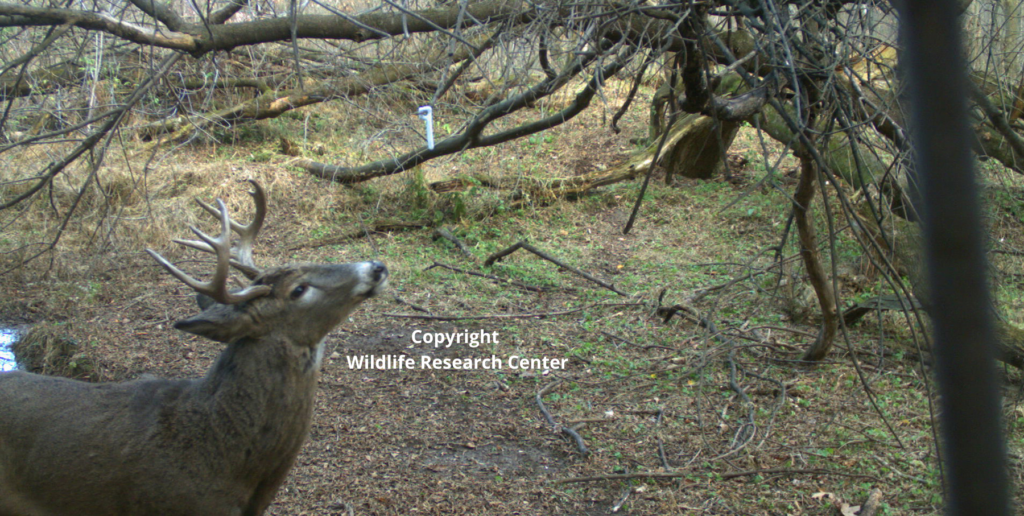
Public Land Rules You Shouldn’t Break
Those who spend time on public land should understand proper rules and etiquettes. For example, there are numerous things you should never do on public lands.
- Walking past others while they’re hunting
- Walking loudly to the treestand
- Using someone else’s treestand (even when legal)
- Sharing too many land-related secrets
- Not taking care of the land and resource
CRP, Please
The No. 1 necessity for a good public-land deer hunt is minimal pressure. Thick, early successional habitat is important, too. One way to get that is to find and focus on properties with CRP. According to experts, CRP, CREP, and similar programs have positive impacts on deer herds. These grassland habitats are great for bedding and fawning cover. In some cases, it even increases browse availability. Of course, CRP on its own isn’t prime deer habitat, but these places can become important components of whitetail ranges. Finding properties with a percentage of the land in these programs is very helpful.
WIN A THERMAL BLIND AND STAY WARM IN THE WOODS
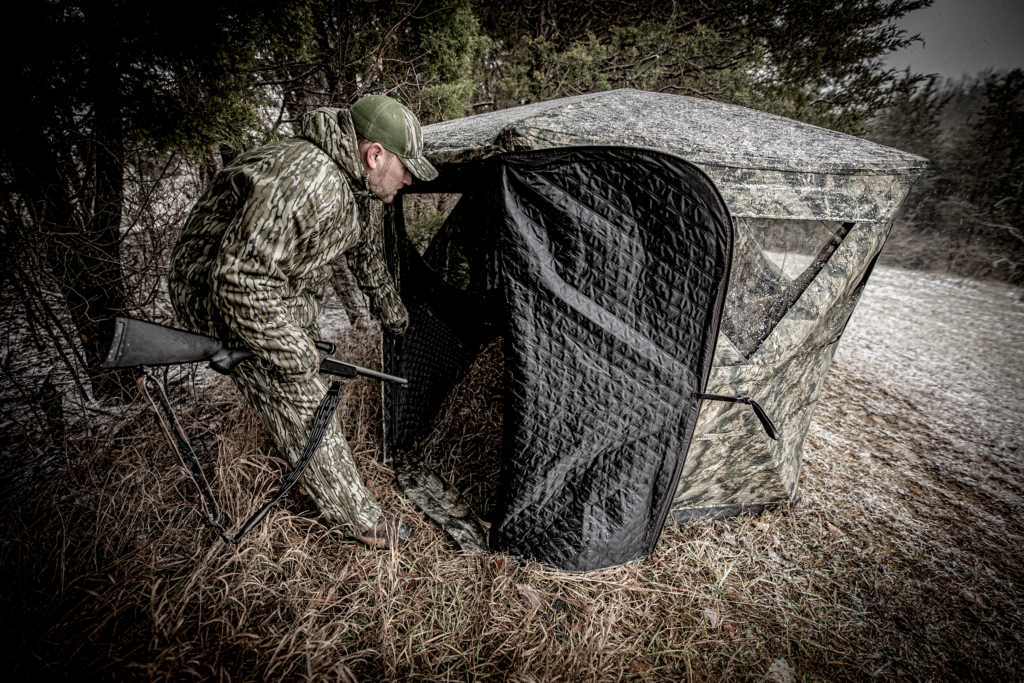
Stay warm this winter and extend your hunts in a new thermal blind from Ameristep!
Pro Series Thermal Blind Features:
- NEW insulated fabric on the roof, walls and windows
- Heavy-duty 300D quilted fabric with dimensional, quilted exterior for ultimate warmth
- Black ShadowGuard coating eliminates shadows and silhouettes
- NEW full-size walk-through door for easy entry and exit
- 12 large windows (8 triangular, 4 vertical) – 33% more than standard blinds
- NEW Silent Slide windows and mesh for quick, easy adjustments
- Unique pentagon footprint creates a unique silhouette with extra floor space
- Premium carabiner and cam buckle rope ties for quick, secure tie-down
- Reflective top hub pull strap improves blind visibility at night
- 4-hunter capacity
- Carry bag, ground stakes, high wind tie-down cords included
Enter to win by filling out the form below. U.S. entrants only.
By entering you are agreeing to receive email newsletters from Deer & Deer Hunting and our marketing partners. You can unsubscribe from those newsletters at any time using links in the newsletters themselves. For sweepstakes rules and details, click here.
D+DH In-Depth is our premium, comprehensive corner on America’s No. 1 game animal. In this graduate-level course, we’ll teach you about deer biology, behavior, and ultimately, how to become a better hunter. Want to be the first to get our premium content? Become a D+DH Insider for FREE!








